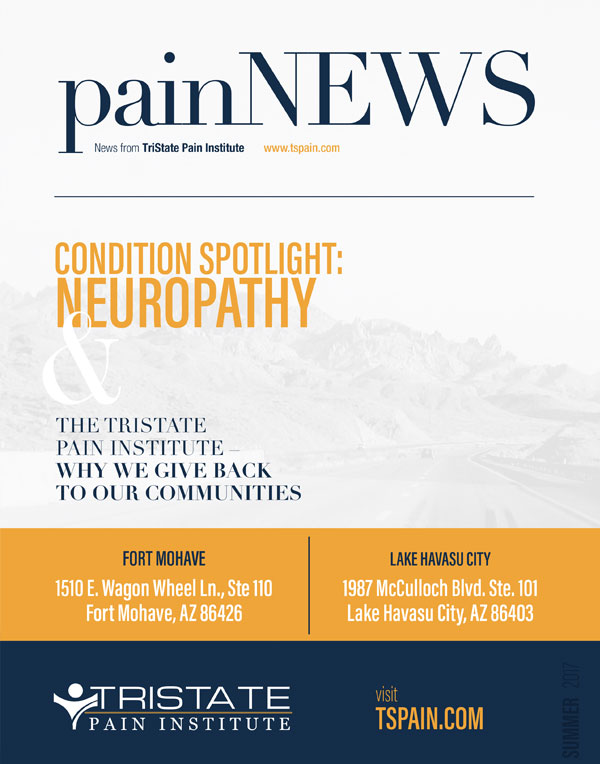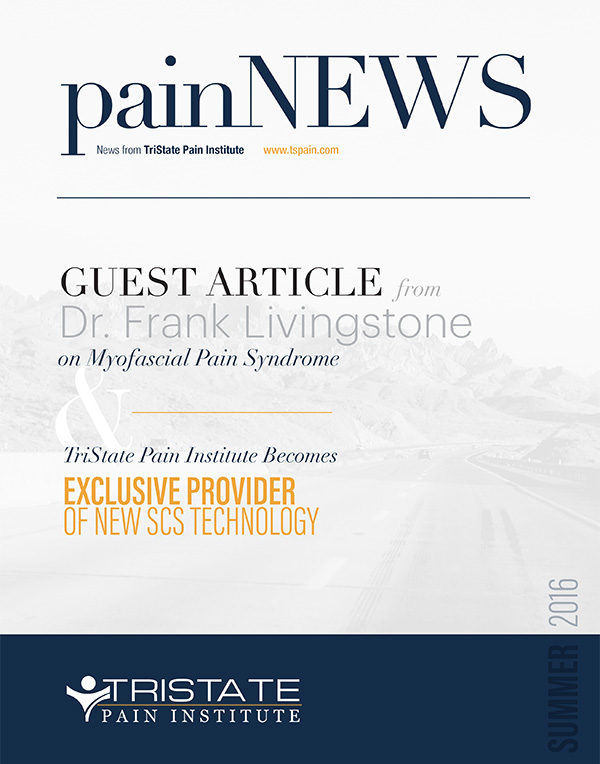Multiple Sclerosis and Joint Pain
Accepted Insurances:
- Aetna/US Healthcare
- Aetna Medicare Plans
- AHCCS Direct Mohave Indian Health Services
- APIPA (UHC State & Community Plan & Evercare
Medically reviewed by Nancy Hammond, M.D. – written by Alex Snyder on January 7, 2019
Multiple sclerosis
Multiple sclerosis (MS) is a progressive immune-mediated disorder that causes a person’s body to mistakenly attack the central nervous system (brain, spinal cord, optic nerve.)
When a person has MS, their central nervous system (CNS) becomes acutely inflamed. This inflammation damages the nerves by wearing away the protective layer of myelin that insulates the nerve fibers and facilitates the transmission of central nervous signals.
After enough damage is done to the myelin and nerve fibers, the transmission of signals becomes interrupted and can even be halted completely. As a result of this degeneration, a variety of debilitating symptoms develop.
Indirect join pain
The nerve and musculoskeletal damage associated with MS results in progressive pain that can leave a person with a variety of symptoms, such as:
• Fatigue
• Muscle stiffness
• Loss of balance
• Impaired physical sensation (tightness, tingling, or numbness)
• Difficulty speaking
• Sexual dysfunction
The two types of pain people with MS experience are nerve pain and musculoskeletal pain. Both types indirectly contribute to aching joints and body pains. While MS doesn’t directly affect the joints, it does affect other areas that can lead to joint and body pain. For example:
• A loss of energy leads to physical deconditioning, resulting in weakened and vulnerable muscles.
• A loss of balance and stiff limbs results in an uneven gait that affects the joints.
• A weak posture results in painful pressure in the lower back.
• Frequent muscle spasms affect mobility and general flexibility that support the joints.
Indirect joint pain associated with MS is usually more sever around the hips and back, as well as the legs. Energy, posture, flexibility, and balance all play important roles in joint pain.
While there is no cure for multiple sclerosis, there are ways to manage and mitigate pain through the use of medications, physical therapy, and lifestyle changes.
Some everyday methods you can use to improve symptoms of joint and muscle pain include:
• Light exercise
• Stretching/yoga
• Fortifying posture with cushions
• Hot and cold compression packs
• Positive lifestyle changes such as stopping smoking and losing weight
In addition, many people do well with physical therapy to help manage stiffness, balance, spasticity, and spasms. A physical therapist can help pinpoint problems with weak or tight muscles that can lead to joint pain in MS.
The physical therapist can teach you stretching and strengthening exercises that will improve the joint pain. A physical therapist can also evaluate gait problems and even recommend modifications that will help you walk better and put less stress on your joints.
Medication
When it comes to medication, the over stimulated nerves with MS are commonly treated with antiepileptic drugs, tricyclic antidepressants, and anti-spasticity drugs.
Muscle pain can be treated with muscle relaxers, and joint pain can be treated effectively with nonsteroidal anti-inflammatory drugs (NSAIDs).
Always discuss any changes in your treatment or pain management plan with your doctor.





